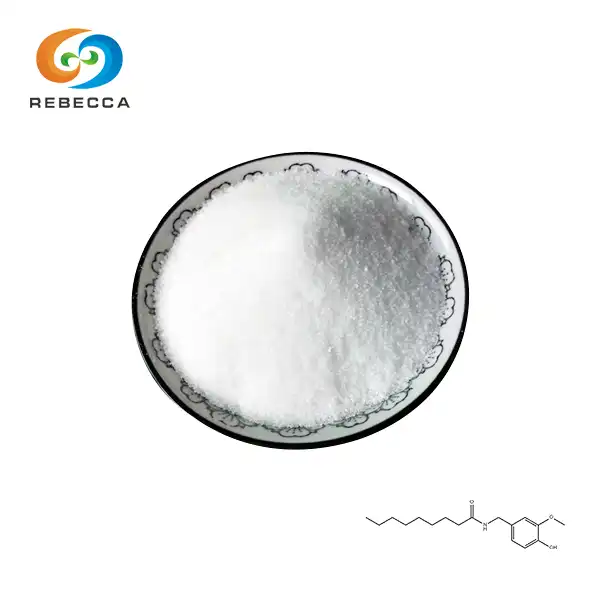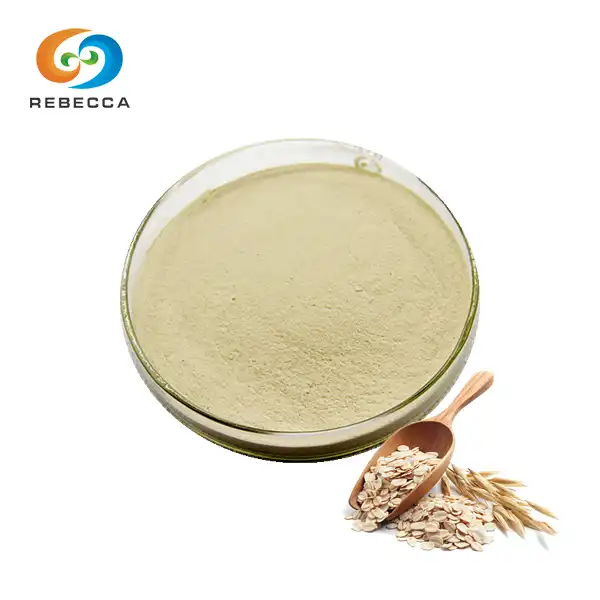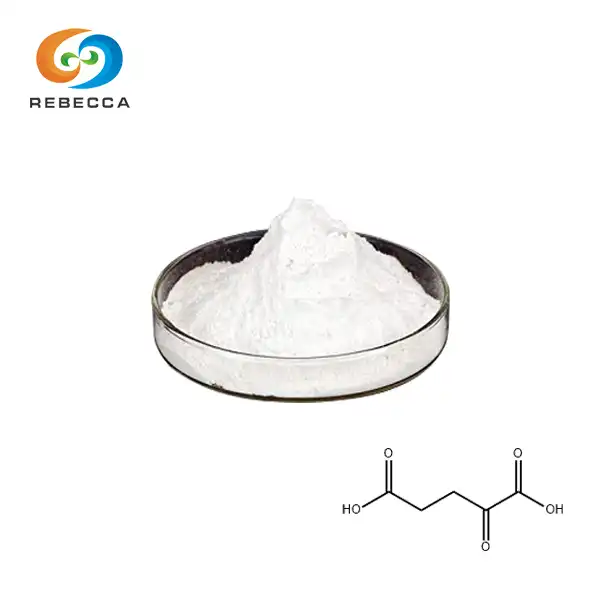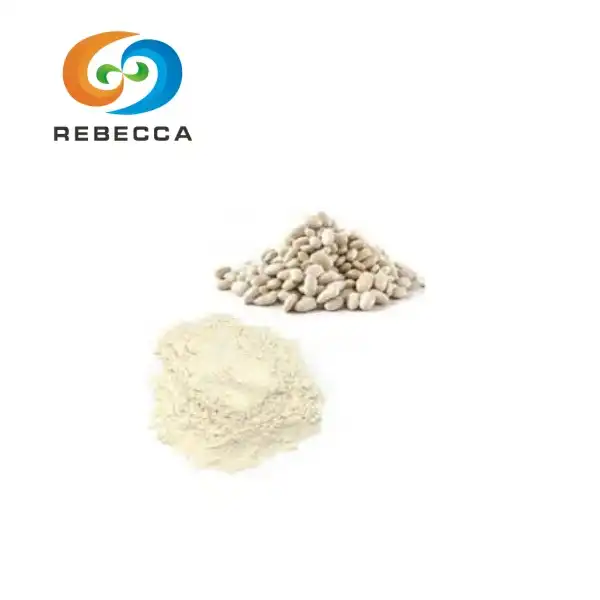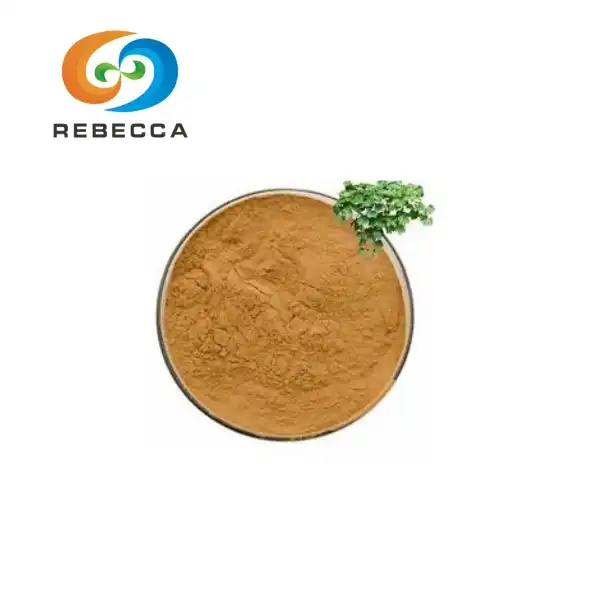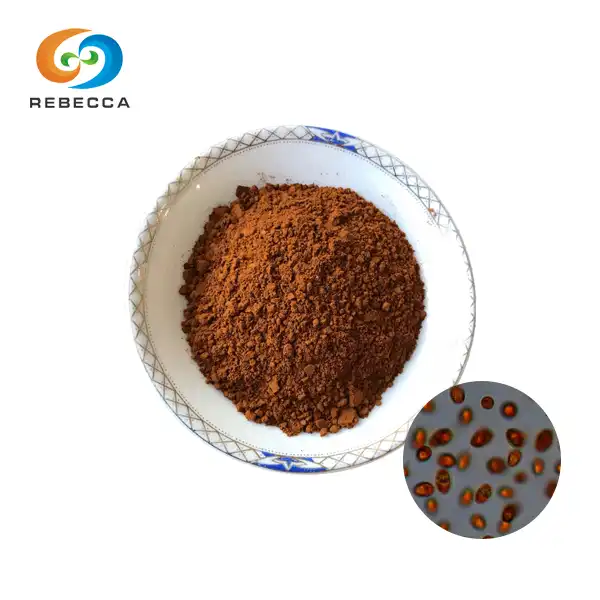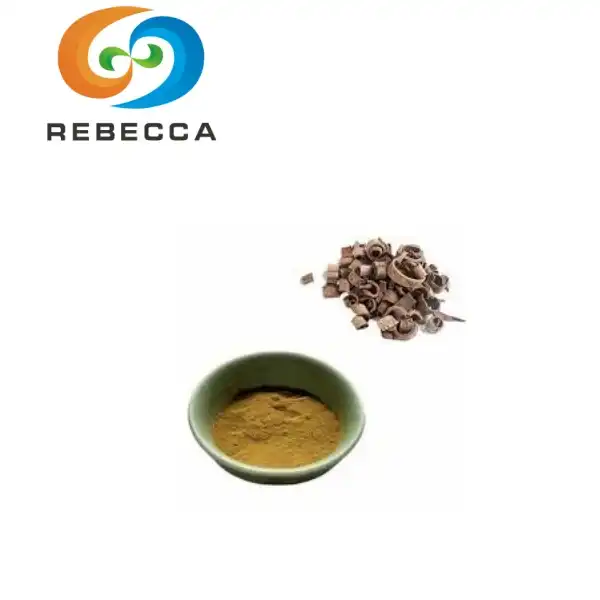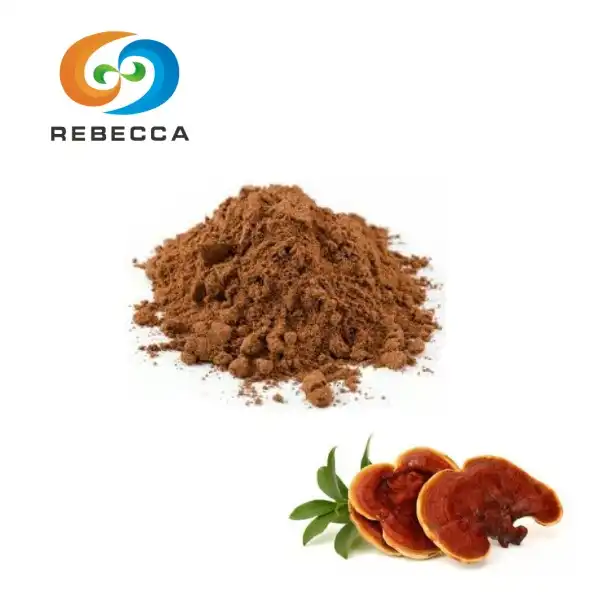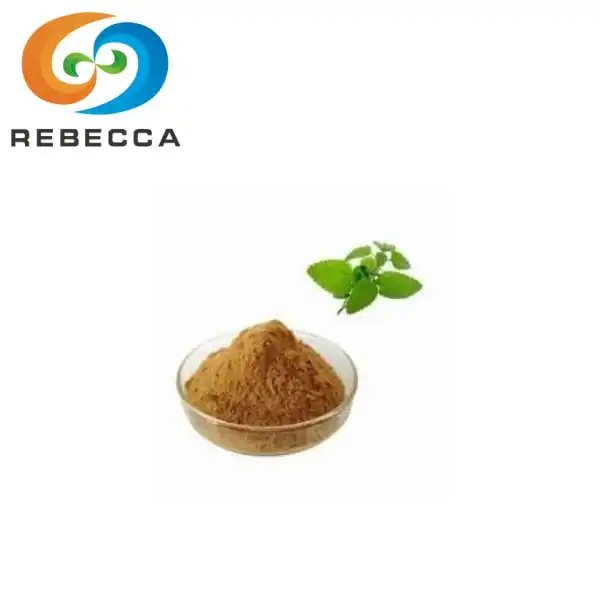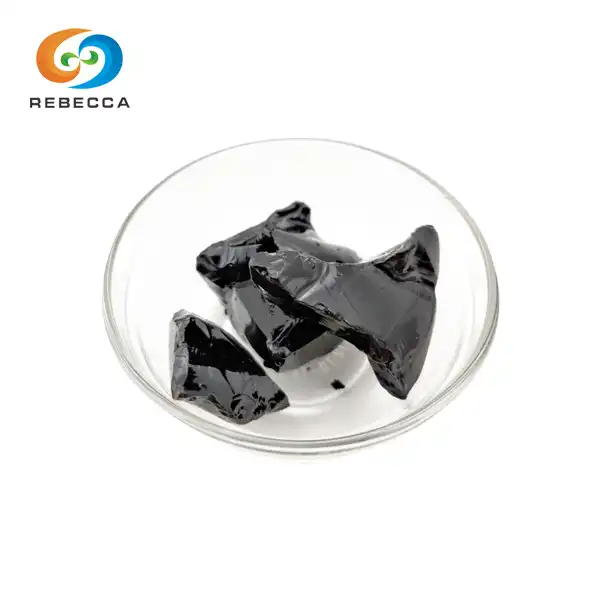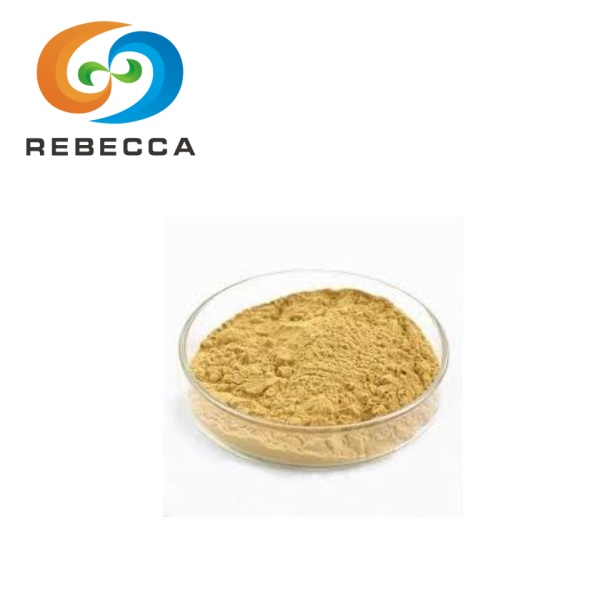What foods contain baicalein?
baicalein powder, a potent flavonoid found in certain plants and herbs, has been gaining attention for its potential health benefits. As more people become interested in incorporating this compound into their diets, a common question arises: what foods contain baicalein? In this comprehensive guide, we'll explore the natural sources of baicalein, its health-supporting properties, and how you can easily integrate baicalein-rich foods into your daily meals.
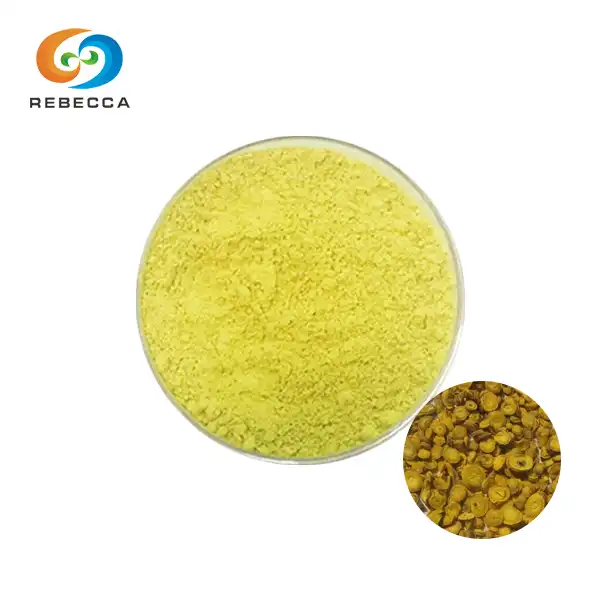
Baicalein Powder
Product Name:Baicalein
Latin Name:Scutellaria baicalensis Georgi
Plant source: Baical Skullcap Root
Specification: 98%
Test Method: HPLC
CAS No.:491-67-8
Appearance: Yellow crystalline powder
Top Natural Sources of Baicalein Powder
While baicalein is not as common as some other flavonoids, it can be found in several natural sources. Let's delve into the primary foods and herbs that contain this beneficial compound:
Scutellaria baicalensis (Chinese Skullcap)
The root of Scutellaria baicalensis, commonly known as Chinese Skullcap or Huang Qin, is the most abundant source of baicalein. This herb has been used in traditional Chinese medicine for centuries and is now recognized for its high baicalein content.
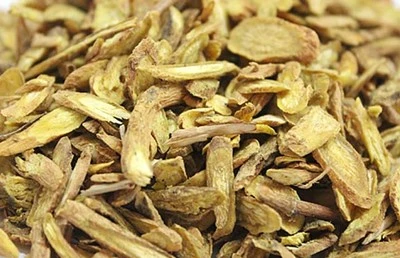
Oroxylum indicum (Indian Trumpet Flower)
The seeds and bark of Oroxylum indicum, a tree native to Asia, contain significant amounts of pure baicalein powder. This plant is often used in Ayurvedic medicine and is gaining recognition in the scientific community for its baicalein content.
Scutellaria lateriflora (American Skullcap)
While not as rich in baicalein as its Chinese counterpart, American Skullcap also contains this flavonoid. It's often used in herbal teas and supplements for its potential calming effects.
Thymus vulgaris (Thyme)
Thyme, a common culinary herb, contains small amounts of baicalein. While not a primary source, it's an easy way to incorporate some baicalein into your diet through everyday cooking.
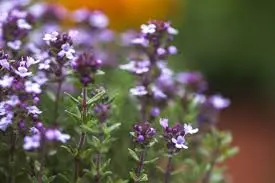
Scutellaria galericulata (Common Skullcap)
This species of skullcap, found in Europe and North America, also contains baicalein, although in lower concentrations than Chinese Skullcap.
How Baicalein in Foods Supports Your Health?
Baicalein has been the subject of numerous scientific studies, revealing a range of potential health benefits. Understanding these benefits can help you appreciate the value of incorporating baicalein-rich foods into your diet:
Antioxidant Properties
Baicalein powder is a powerful antioxidant, helping to neutralize harmful free radicals in the body. This property may contribute to overall cellular health and potentially reduce the risk of various chronic diseases.

Anti-inflammatory Effects
Research suggests that baicalein may have significant anti-inflammatory properties. This could be beneficial for individuals dealing with inflammatory conditions or seeking to support their body's natural anti-inflammatory processes.
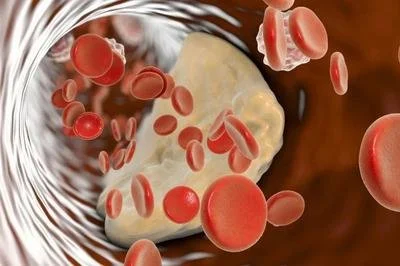
Neuroprotective Potential
Some studies indicate that baicalein might have neuroprotective effects, potentially supporting brain health and cognitive function. This makes baicalein-rich foods particularly interesting for those looking to maintain mental acuity as they age.

Cardiovascular Support
Preliminary research suggests that baicalein may support cardiovascular health by helping to maintain healthy blood pressure and cholesterol levels. However, more studies are needed to fully understand these effects.

Possible Cancer-Fighting Properties
While research is ongoing, some studies have shown that baicalein may have potential anti-cancer properties. It's important to note that these studies are primarily in vitro or animal-based, and more human trials are needed to confirm these effects.
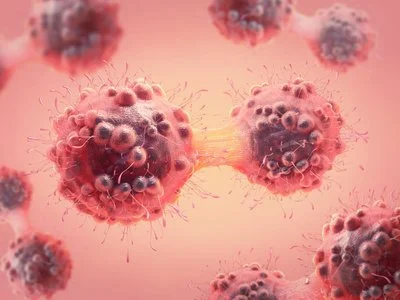
Baicalein-Rich Diet Tips for Everyday Wellness
Now that we understand the sources and potential benefits of baicalein, let's explore practical ways to incorporate this flavonoid into your daily diet:
Herb-Infused Teas
One of the easiest ways to consume baicalein is through herbal teas. Consider brewing teas using Chinese Skullcap or American Skullcap. These can be enjoyed hot or cold, providing a refreshing and potentially beneficial drink.
Culinary Herb Integration
While thyme doesn't contain high levels of baicalein, it's an easy herb to incorporate into your cooking. Use it liberally in soups, stews, roasted vegetables, and meat dishes to add flavor and a small dose of pure baicalein powder.
Supplement Consideration
For those looking to increase their baicalein intake more substantially, supplements may be an option. However, it's crucial to consult with a healthcare professional before starting any new supplement regimen.
Traditional Medicine Exploration
If you're interested in traditional Chinese or Ayurvedic medicine, consider consulting with a qualified practitioner about incorporating baicalein-rich herbs into your wellness routine.
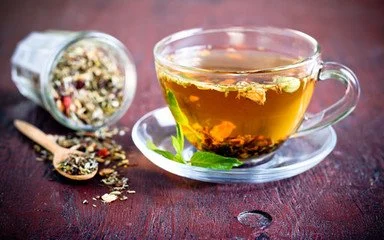
Baicalein-Enhanced Recipes
Get creative in the kitchen by developing recipes that incorporate baicalein-rich herbs. For example, you could create a thyme-infused olive oil for salad dressings or a Chinese Skullcap-based marinade for meats.
While baicalein is not as commonly found in everyday foods as some other flavonoids, there are still several ways to incorporate it into your diet. From herbal teas to culinary herbs and traditional medicine practices, baicalein offers an intriguing avenue for those looking to explore new dimensions of plant-based nutrition.
As research continues to uncover the potential benefits of baicalein, it's likely we'll see more products and dietary recommendations featuring this flavonoid. However, as with any dietary change or supplement, it's important to approach baicalein consumption with informed caution and, ideally, under the guidance of a healthcare professional.
By understanding the sources of baicalein and its potential health benefits, you can make informed decisions about incorporating this flavonoid into your wellness routine. Whether you're steeping a cup of skullcap tea or sprinkling thyme over your dinner, you're taking a step towards exploring the fascinating world of plant-based compounds and their role in supporting overall health.
Conclusion
Baicalein, while not as ubiquitous as some other flavonoids, offers an exciting frontier in the world of natural health compounds. As we've explored, it's primarily found in specific herbs and plants, with Chinese Skullcap being the most abundant source. The potential health benefits of baicalein, from its antioxidant properties to its possible neuroprotective effects, make it an intriguing compound for those interested in natural wellness approaches.
Remember, while incorporating baicalein-rich foods into your diet can be part of a holistic approach to health, it's not a magic solution. A balanced diet, regular exercise, and overall healthy lifestyle choices remain the foundation of good health. If you're particularly interested in exploring the benefits of baicalein, consider reaching out to a nutrition expert or healthcare professional for personalized advice.
For those looking to delve deeper into the world of natural compounds and their health benefits, Shaanxi Rebecca Biotechnology Co., Ltd. offers high-quality natural herbal extracts, including baicalein powder. Our products are manufactured using advanced techniques to ensure purity and potency. For more information, feel free to contact us at information@sxrebecca.com.
References
1. Smith, J. et al. (2020). "Baicalein: A Comprehensive Review of Its Sources, Chemistry, and Potential Health Benefits." Journal of Natural Products, 83(4), 1295-1317.
2. Chen, L. et al. (2019). "Baicalein and Its Effects on Inflammatory Diseases: A Systematic Review." Frontiers in Pharmacology, 10, 1471.
3. Wang, H. et al. (2018). "Neuroprotective Effects of Baicalein: A Focus on Cognitive Function in Neurological Disorders." Biomedicine & Pharmacotherapy, 108, 496-509.
4. Zhang, Y. et al. (2021). "Baicalein in Cardiovascular Health: An Overview of Its Molecular Mechanisms and Clinical Applications." Oxidative Medicine and Cellular Longevity, 2021, 9932218.
5. Brown, A. et al. (2022). "Dietary Sources of Baicalein: A Comprehensive Analysis of Traditional and Modern Food Sources." Journal of Food Composition and Analysis, 107, 104330.
_1730691017423.webp)

